Amin Ullah
The Role of LLMs in Sustainable Smart Cities: Applications, Challenges, and Future Directions
Feb 07, 2024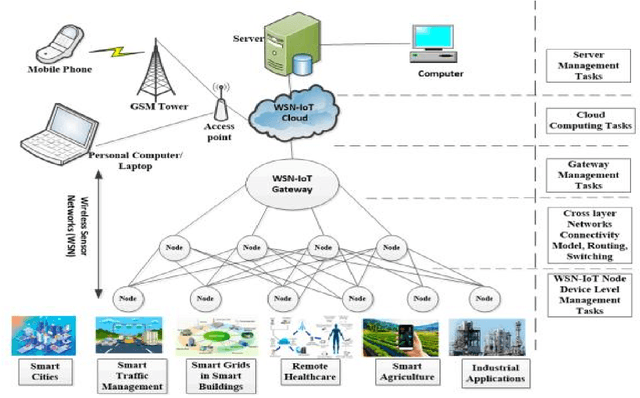
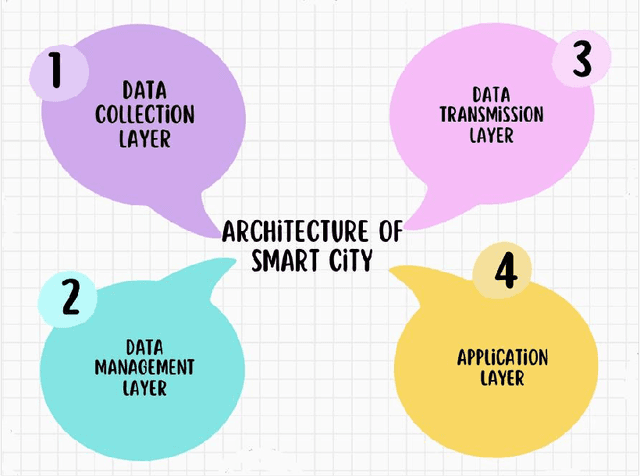
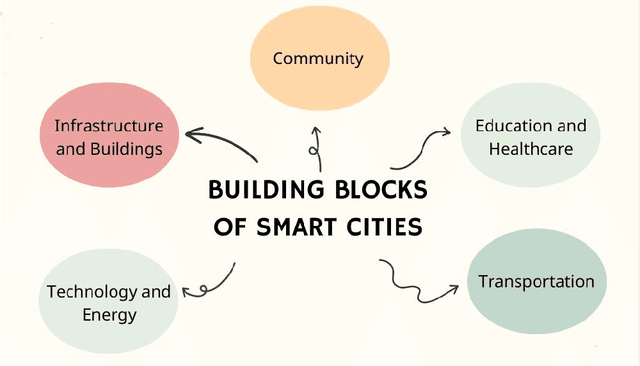
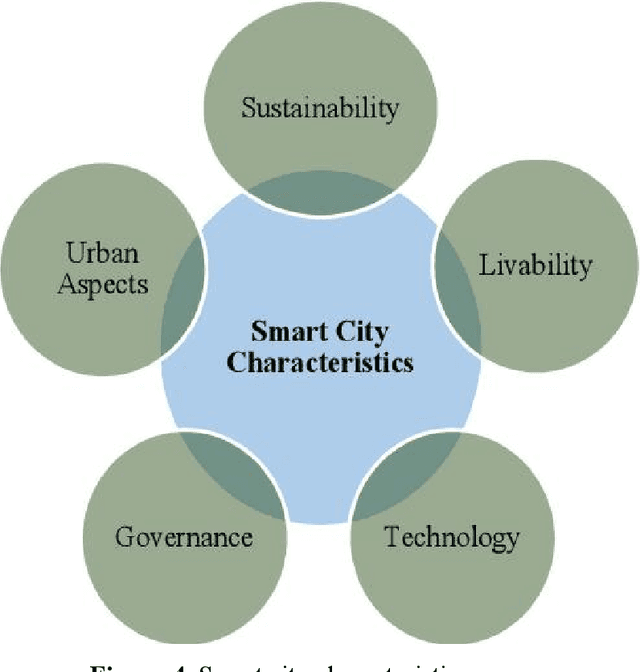
Abstract:Smart cities stand as pivotal components in the ongoing pursuit of elevating urban living standards, facilitating the rapid expansion of urban areas while efficiently managing resources through sustainable and scalable innovations. In this regard, as emerging technologies like Artificial Intelligence (AI), the Internet of Things (IoT), big data analytics, and fog and edge computing have become increasingly prevalent, smart city applications grapple with various challenges, including the potential for unauthorized disclosure of confidential and sensitive data. The seamless integration of emerging technologies has played a vital role in sustaining the dynamic pace of their development. This paper explores the substantial potential and applications of Deep Learning (DL), Federated Learning (FL), IoT, Blockchain, Natural Language Processing (NLP), and large language models (LLMs) in optimizing ICT processes within smart cities. We aim to spotlight the vast potential of these technologies as foundational elements that technically strengthen the realization and advancement of smart cities, underscoring their significance in driving innovation within this transformative urban milieu. Our discourse culminates with an exploration of the formidable challenges that DL, FL, IoT, Blockchain, NLP, and LLMs face within these contexts, and we offer insights into potential future directions.
Densely Deformable Efficient Salient Object Detection Network
Feb 12, 2021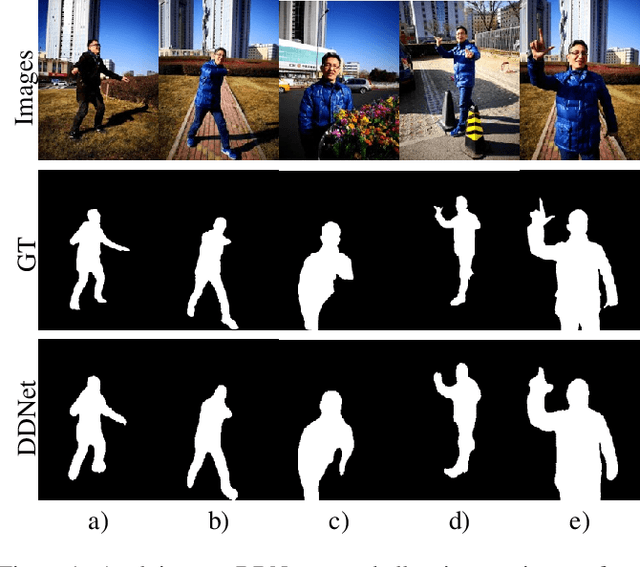
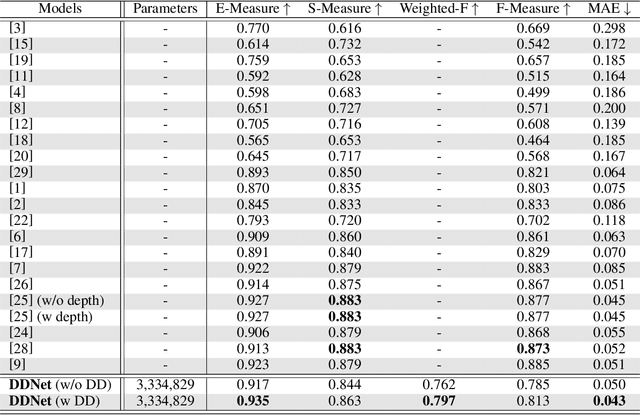
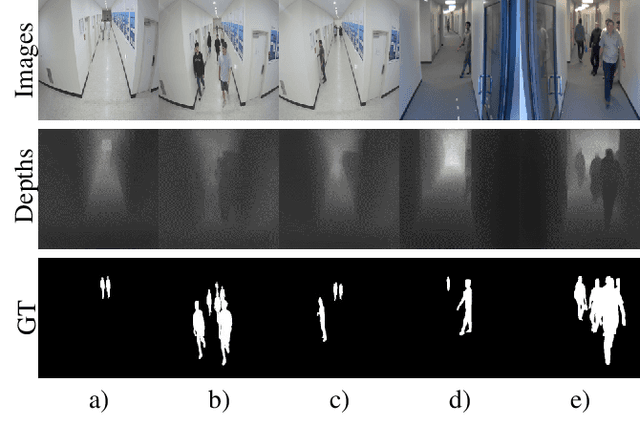
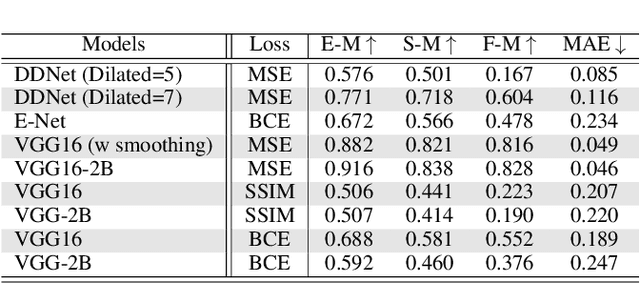
Abstract:Salient Object Detection (SOD) domain using RGB-D data has lately emerged with some current models' adequately precise results. However, they have restrained generalization abilities and intensive computational complexity. In this paper, inspired by the best background/foreground separation abilities of deformable convolutions, we employ them in our Densely Deformable Network (DDNet) to achieve efficient SOD. The salient regions from densely deformable convolutions are further refined using transposed convolutions to optimally generate the saliency maps. Quantitative and qualitative evaluations using the recent SOD dataset against 22 competing techniques show our method's efficiency and effectiveness. We also offer evaluation using our own created cross-dataset, surveillance-SOD (S-SOD), to check the trained models' validity in terms of their applicability in diverse scenarios. The results indicate that the current models have limited generalization potentials, demanding further research in this direction. Our code and new dataset will be publicly available at https://github.com/tanveer-hussain/EfficientSOD
Classification of Arrhythmia by Using Deep Learning with 2-D ECG Spectral Image Representation
May 25, 2020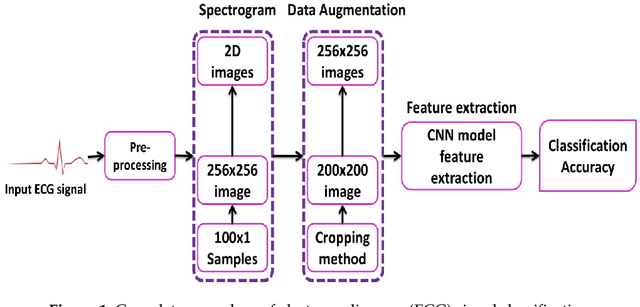
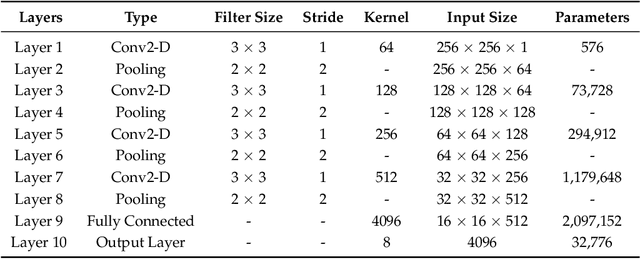
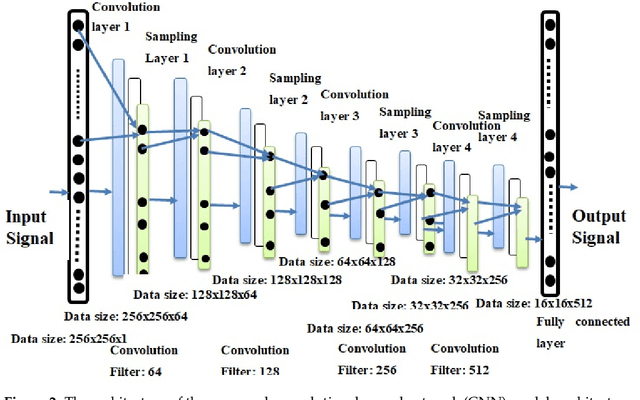
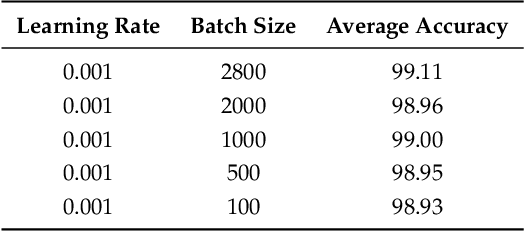
Abstract:The electrocardiogram (ECG) is one of the most extensively employed signals used in the diagnosis and prediction of cardiovascular diseases (CVDs). The ECG signals can capture the heart's rhythmic irregularities, commonly known as arrhythmias. A careful study of ECG signals is crucial for precise diagnoses of patients' acute and chronic heart conditions. In this study, we propose a two-dimensional (2-D) convolutional neural network (CNN) model for the classification of ECG signals into eight classes; namely, normal beat, premature ventricular contraction beat, paced beat, right bundle branch block beat, left bundle branch block beat, atrial premature contraction beat, ventricular flutter wave beat, and ventricular escape beat. The one-dimensional ECG time series signals are transformed into 2-D spectrograms through short-time Fourier transform. The 2-D CNN model consisting of four convolutional layers and four pooling layers is designed for extracting robust features from the input spectrograms. Our proposed methodology is evaluated on a publicly available MIT-BIH arrhythmia dataset. We achieved a state-of-the-art average classification accuracy of 99.11\%, which is better than those of recently reported results in classifying similar types of arrhythmias. The performance is significant in other indices as well, including sensitivity and specificity, which indicates the success of the proposed method.
* 14 pages, 5 figures, accepted for future publication in Remote Sensing MDPI Journal
 Add to Chrome
Add to Chrome Add to Firefox
Add to Firefox Add to Edge
Add to Edge